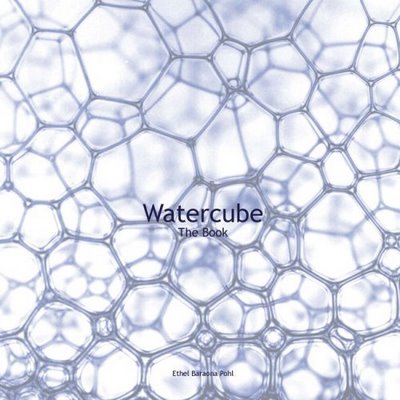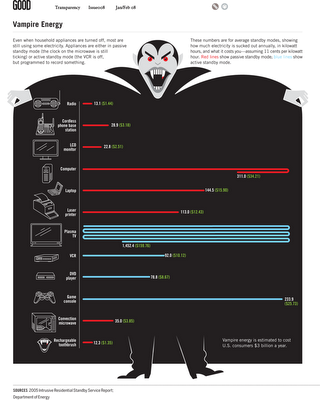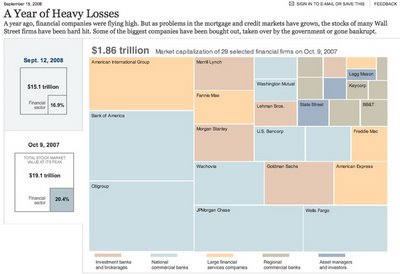Watercube, The Book
Watercube, is a new book by Ethel Baraona Pohl. The book is about the National Aquatics Centre built in Beijing for the 2008 Olympics, and has some cool infographics inside. Some of the graphics were contributed by architect César Reyes Nájera. A review of the book can be found here on www.v2com.biz
WATERCUBE: The Book is a complete monographic publication about the National Swimming Center for the Beijing Olympics 2008. With an exhaustive description about the Watercube we present a detailed study of the project. The book makes an holistic approach to the project that starts with a brief description of urban and social changes that China has been experienced in the last decade. These facts have encouraged the construction boom that made possible these kind of projects occur in cities like Beijing.
This page is one of the years of the timeline leading up to the construction of the Watercube.
Here you can buy Watercube, by Ethel Baraona Pohl, on Amazon.com.
Special thanks to Ethel for sharing the images from her book, and allowing me to post them on Cool Infographics!









 Randy
Randy













